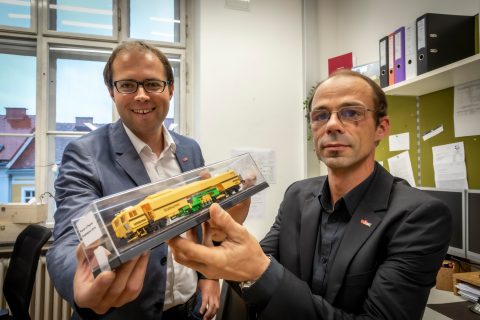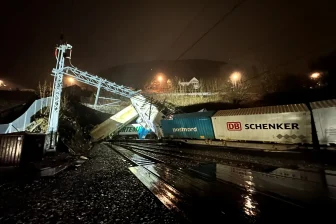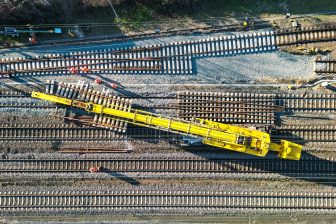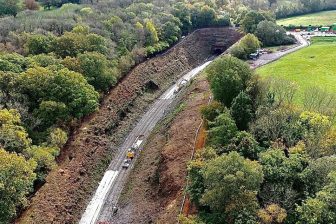
Algorithm-based method reduces track life-cycle costs up to 20 per cent
Johannes Neuhold (l.) and Stefan Marschnig developed an algorithm that calculates the amount of tamping operations on tracks. © Lunghammer – TU Graz
Researchers of the Austrian Graz University have developed an algorithm-based method that provides decisions on the correct amount of tamping measures on tracks. The method reduces the track life-cycle costs by up to 20 percent, and is developed by researchers Johannes Neuhold and Stefan Marschnig. Tamping of the ballast in the trackbed is regarded as one of the most important maintenance tasks in the railway industry.
Want to read more?
You have read all of your free premium articles for this month. Please become a subscriber to keep reading.
Subscribe now!
Take advantage of our exclusive offer to get full access to all premium content.



